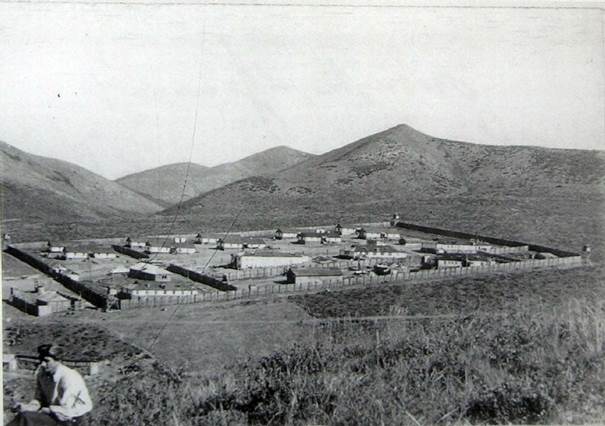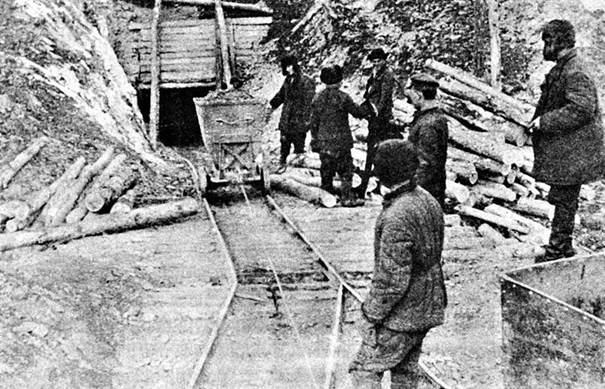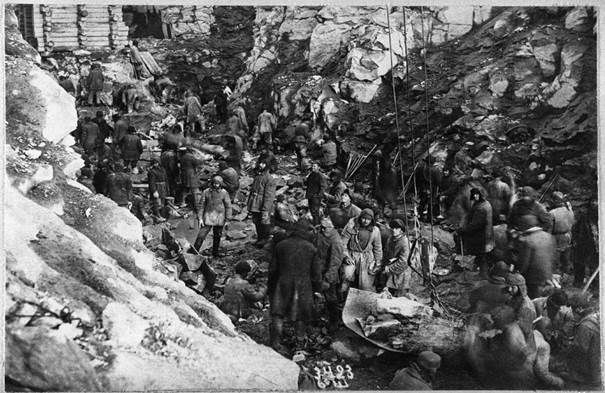Forced Labor Camps in Kolyma: Interesting Historical Facts
At the end of the twenties of the last century, large deposits of gold and tin were discovered in Kolyma. For the development of these fields, the necessary amount of labor was needed. And given the harsh climatic conditions, the civilian population did not show much activity in this direction. Therefore, the authorities decided to use the labor of prisoners for the development of the Kolyma deposits. And already in the autumn of 1931, the first batch of prisoners in the amount of 200 people was delivered to Kolyma. Along with political prisoners, there were other prisoners convicted under various articles of the criminal code.

Camp zone in Kolyma. Diggings
Silent witnesses of “camp socialism” are the dilapidated barracks where prisoners were kept, fenced off with barbed wire, and some barely surviving outbuildings, as well as towers, without which such institutions could not do without. The Dneprovsky mine, a 6-hour drive from Magadan, was one of these Stalinist camps. It is known that it worked from 1941 until 1955 with some interruption. Although it was called a mine, the main share of the extracted minerals was tin, which was so necessary at defense enterprises.

Prisoners of the Kolyma camps
Eyewitnesses who passed through Stalin’s camps said that the main tools, in particular at the Dneprovsky mine, were a pickaxe, a shovel, a crowbar and wheelbarrows. Prisoners worked in 2 shifts of 12 hours each and seven days a week. They brought their own lunch. And it consisted of 0.5 liters of soup, 200 grams of oatmeal and 300 grams of bread.

According to some sources, in the period from 1932 to 1956, about one million people passed through the labor camps of Kolyma, Chukotka and the north-east of Yakutia. It was they who made a significant contribution to the development of the mining industry of the northern territories.
